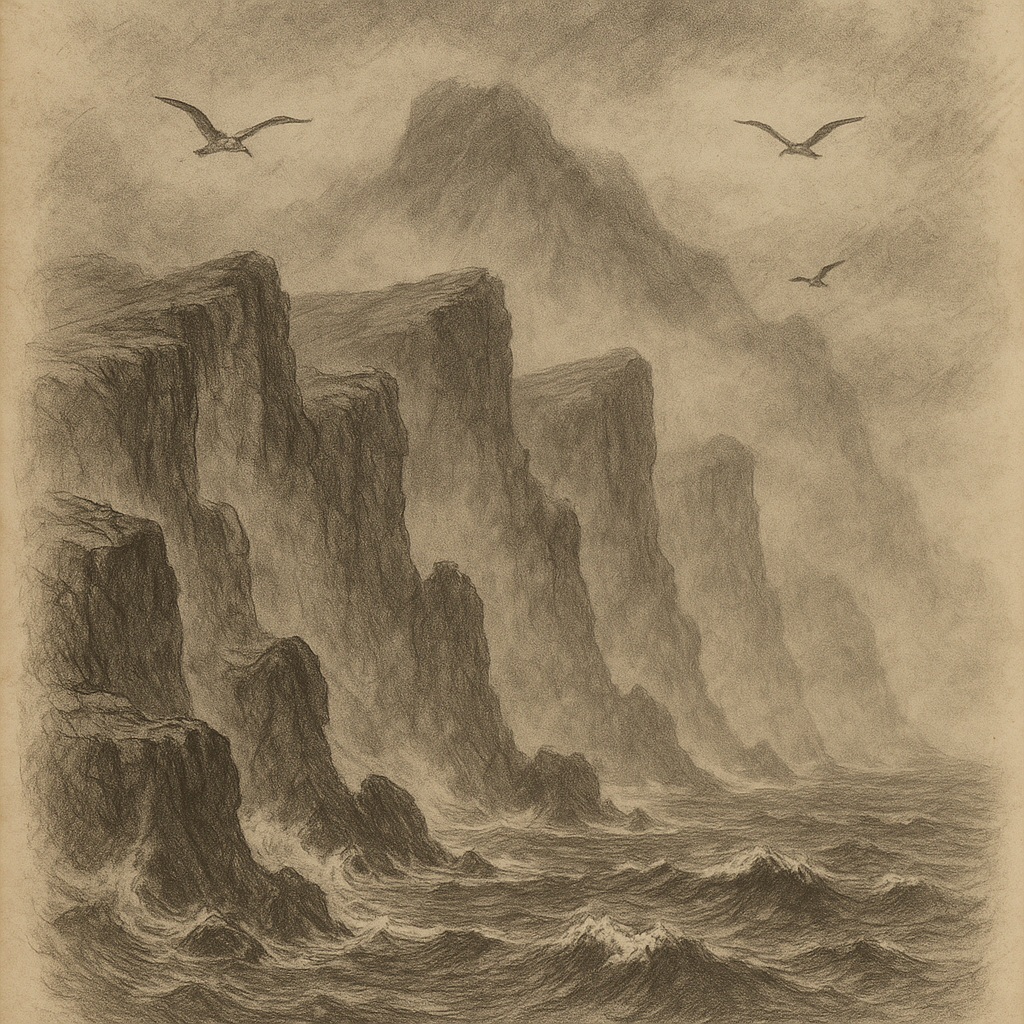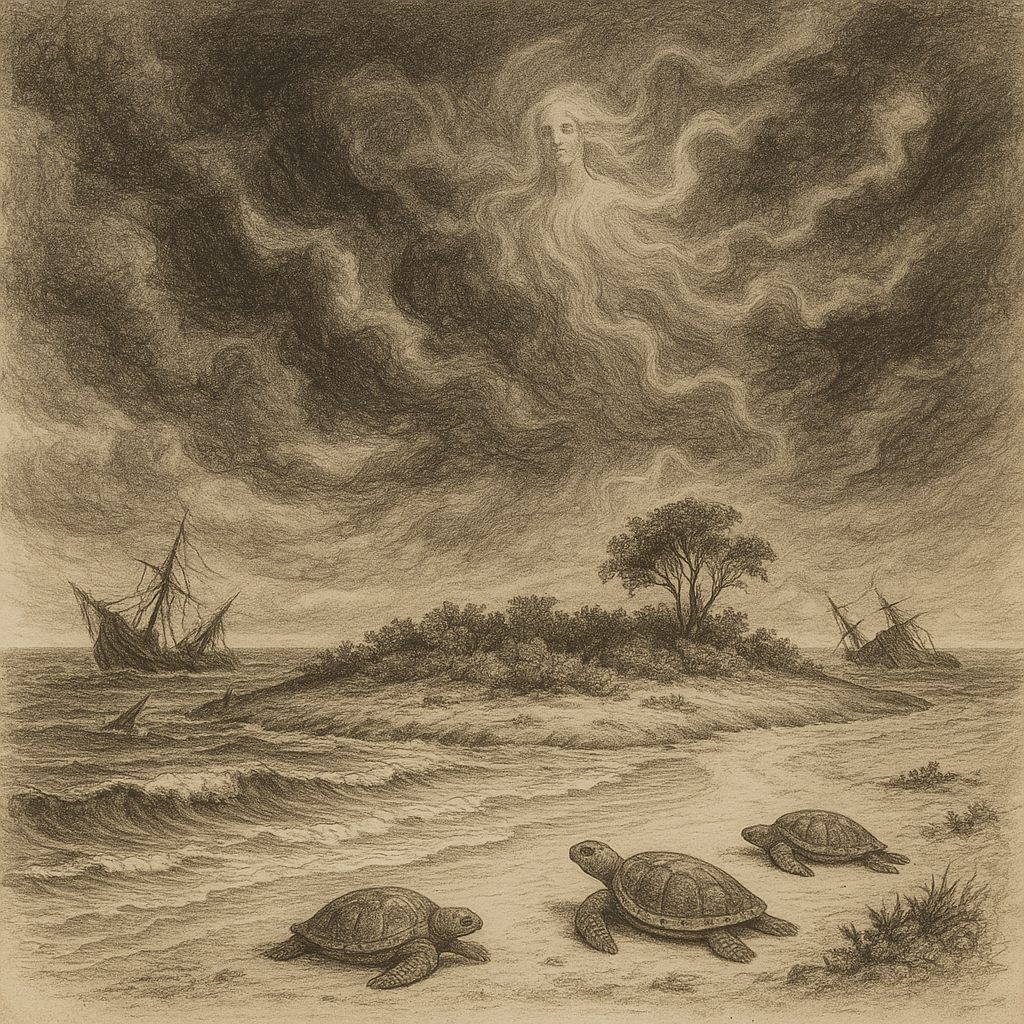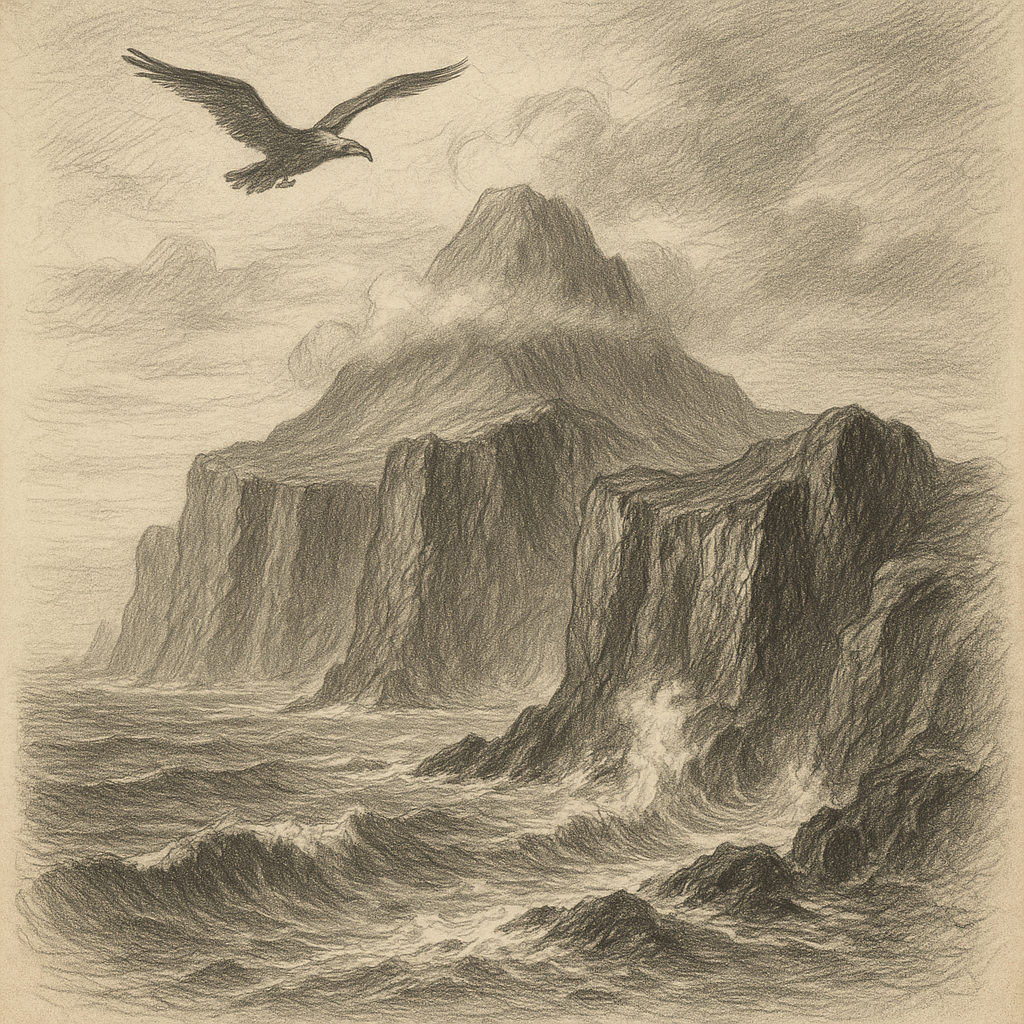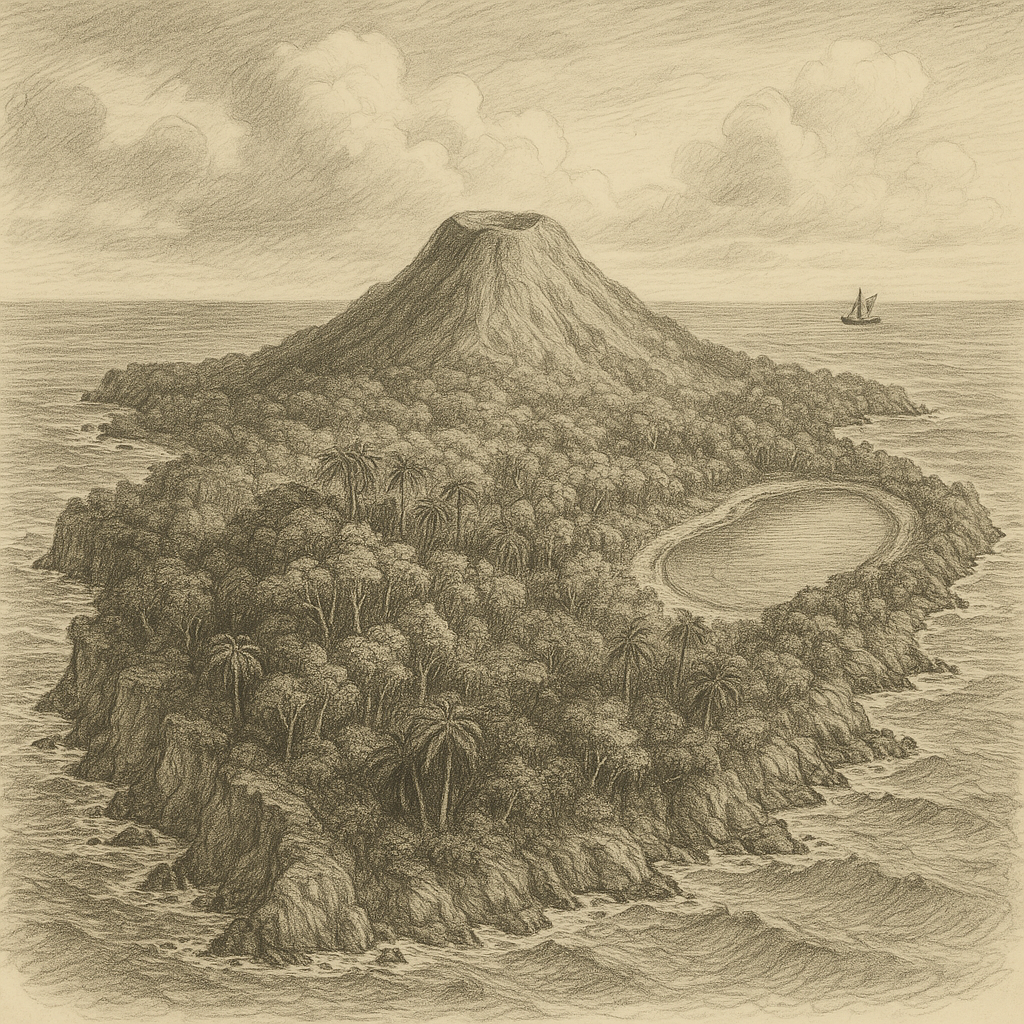Tristanite Eastern Island: A Remote Enigma of the South Atlantic Nestled in the vastness of the South Atlantic Ocean lies one of the most remote and least-known landmasses on Earth—Tristanite Eastern Island. Isolated by thousands of kilometers of open sea, this fragment of land forms part of the Tristan da Cunha archipelago and is known not only for its inaccessibility but also for its stark beauty, unique biodiversity, and the lore that surrounds it. Despite its remoteness, Tristanite Eastern Island captures the imagination of explorers, scientists, and folklorists alike. Geographical Location and Physical Features Tristanite Eastern Island is located approximately 2,400 kilometers west of South Africa and over 3,200 kilometers east of South America. It is one of the lesser-known members of the Tristan da Cunha group, a British Overseas Territory that includes Tristan da Cunha Island, Inaccessible Island, Nightingale Island, and several islets. Unlike the main inhabited Tristan da Cunha Island, the Eastern Island remains unpopulated and rarely visited. The island spans a modest surface area of around 7.3 square kilometers and rises precipitously from the surrounding ocean. Steep volcanic cliffs dominate the coastline, which make approach by boat incredibly challenging. Its highest peak, Mount Caligo, reaches an elevation of 612 meters and is often shrouded in mist, reinforcing the island’s elusive nature. Volcanic Origins and Geological Significance Tristanite Eastern Island is of volcanic origin, part of the mid-Atlantic volcanic ridge system that formed from tectonic activity along the South Atlantic Ridge. The island’s core consists of basaltic lava flows, pillow lavas, and tephra deposits, dating back approximately 1.2 to 0.8 million years. Earthquakes and fumarolic activity still occur occasionally, indicating the lingering presence of geothermal processes beneath the island. Geologists have long regarded the island as a crucial site for understanding hotspot volcanism in the South Atlantic. The Tristan hotspot, the force responsible for the entire archipelago’s creation, offers insight into tectonic plate movement and mantle plume activity. Climate and Biodiversity Tristanite Eastern Island experiences a cool oceanic climate, heavily influenced by the cold Benguela Current. The average temperature hovers between 11°C to 17°C throughout the year, with high levels of humidity and an average annual rainfall of 1,650 mm. Frequent rain, wind, and fog shape the island’s harsh but striking environment. Despite its small size and isolation, the island is a haven for wildlife. It serves as a critical breeding ground for several species of seabirds, such as the Atlantic petrel, yellow-nosed albatross, and spectacled petrel. The island is also an Important Bird Area (IBA), designated by BirdLife International due to its role in global seabird conservation. Endemic plant species like the Tristan da Cunha flax and various species of mosses and ferns thrive in the island’s nutrient-rich volcanic soil. Its coastal waters teem with marine life, including sub-Antarctic fur seals, southern right whales, and an abundance of fish. Human Interaction and Conservation Efforts Human contact with Tristanite Eastern Island has been minimal due to its remote location and difficult access. Occasional scientific expeditions, particularly in the mid-20th century and more recently in the 2010s, have aimed to study the island’s flora, fauna, and geological history. However, there have never been permanent settlements. As a result, the island has remained largely untouched by human development, which has inadvertently helped preserve its ecosystem. Conservation efforts led by international environmental organizations and the Tristan da Cunha government have focused on maintaining biosecurity restrictions, preventing the introduction of invasive species, and conducting periodic biodiversity surveys. Access to the island requires special governmental permits and is strictly controlled. Interesting Facts About Tristanite Eastern Island – Tristanite Eastern Island is often referred to as “The Mist Isle” due to the persistent fog enveloping its heights, especially around Mount Caligo. – Despite its remoteness, the island has served as an emergency landing site for migratory seabirds flying vast distances across the Atlantic. – A joint British-South African expedition in 1972 discovered a previously unknown plant species, Solanthera tristaniensis, growing exclusively on the island’s eastern slopes. – The island’s offshore waters were designated a no-fishing zone in 2016, forming part of the world’s fourth-largest marine sanctuary aimed at protecting deep-sea ecosystems. – Due to its difficult terrain and volatile weather, the island remains uncharted in many modern satellite mapping systems, making aerial photography one of the only reliable means for topographical study. Legends and Local Folklore Although uninhabited, Tristanite Eastern Island holds a special place in the oral traditions of the main Tristan da Cunha community. One prominent legend tells of the “Watcher of the Mists,” a solitary flame-like spirit said to appear on moonless nights atop Mount Caligo. Sailors claimed the Watcher was either a guide or a warning, depending on their intentions for nearing the island. Other tales speak of a lost ship from the 1800s—The Mirabel—that was allegedly wrecked on the island’s northern reef. According to legend, the ship carried rare jewels and a mysterious religious artifact never recovered. Divers who attempted to locate the Mirabel reported experiencing strange currents and hearing inexplicable sounds underwater, further enhancing the island’s mystique. Another local story tells of a tidal lagoon known as “Whispering Bay,” where winds funnel through the cliffs and create haunting, melodic sounds. Generations of fishermen from Tristan da Cunha narrate this as the voices of long-lost sailors speaking through the wind. A Place of Mystery and Scientific Promise Tristanite Eastern Island remains one of Earth’s most enigmatic and pristine corners. It stands as a testament to the raw forces of nature and the endurance of life in isolation. From its fog-bound cliffs to its seabird-filled skies, the island continues to offer mysteries waiting to be unraveled—whether by intrepid researchers or through enduring maritime folklore. And while it may never be a place for tourism or habitation, Tristanite Eastern Island holds its own quiet place within the tapestry of Earth’s natural and cultural heritage.

Tristanite Eastern Island
Do you like my work? Buy Me A Coffee
Do you like my work? Buy Me A Coffee
-

Tromelin Minor Island
Introduction to Tromelin Minor Island Tromelin Minor Island is a tiny, remote atoll located in the Indian Ocean, approximately 450 kilometers (280 miles) east of Madagascar and 535 kilometers (332 miles) north of Réunion Island. Despite its minuscule size—barely 1 square kilometer in area—Tromelin has garnered attention for its historical significance, ecological importance, and the…
-

Tristanite Western Island
Introduction to Tristanite Western Island Tristanite Western Island is one of the most remote and mysterious landmasses on Earth, lying deep in the South Atlantic Ocean. It forms part of the Tristan da Cunha archipelago, the most isolated inhabited group of islands in the world. Its distance from the nearest continents and its rugged volcanic…
-

Tikopiaa North Island
Introduction to Tikopiaa North Island Tikopiaa North Island is a little-known, remote island nestled deep within the South Pacific Ocean. Situated far away from common maritime routes, Tikopiaa North Island is part of the southeastern Solomon Islands region, yet remains largely untouched by mass tourism and modern development. The island’s remoteness, combined with its rich…
by
Tags: